Aeronautical Engineering
Imperial College 1996-2000

Imperial College 1996-2000

This paper describes some of the different turbulence models and their application to a one-dimensional steady incompressible turbulent Couette flow. In particular it looks at the mixing length turbulence model and at the standard k-epsilon turbulence model. A mixing length turbulence model code was created. Results from the program were compared with experimental and DNS data from several Reynolds numbers from 1300 to 20000. The results show a good agreement with the DNS and experimental data.
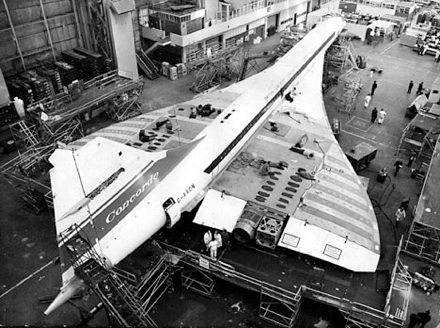
This work studies the challenges in the construction of a potential successor to Concorde in order to overcome the thermal requirements of sustained supersonic flight. It also provide background information on other supersonic aircraft contemporary to Concorde.
This work was completed in 1999 as part of my M.Eng in Aeronautical Engineering at Imperial College, London.
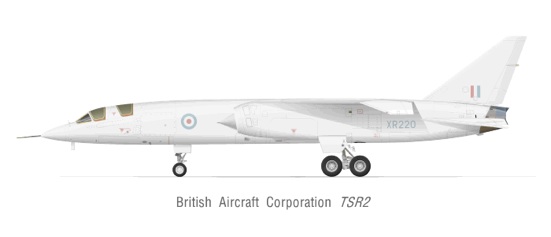
This work provides extensive background on the TSR2 programme and analysis the management failures that led to the cancellation of what could have been of the most aircraft of the Cold War.
This work was completed by Severin de Valence and myself in 1999 as part of my M.Eng in Aeronautical Engineering at Imperial College, London.!
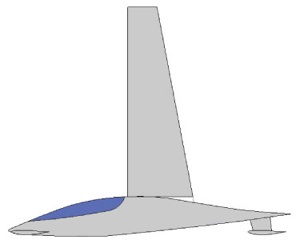
The objective of this project is to design an ice yacht. We chose to design a high performance one for racing. There are several ice yacht competitions being the DN class the most common. However the designs used for this kind of race haven’t evolved in many years. The DN design appeared in 1937 in a competition held by the Detroit News (DN), and it was always designed as low cost vehicle. Using new materials, semi rigid wings allowing for highly efficient airfoil sections and putting a lot of effort in reducing drag by streamlining the body a much higher performance can be achieved. We intended to design the formula one equivalent of an ice yacht. This combines the capacity to travel at high speed but also allows for a certain amount of manoeuvrability. Due to time constrains I concentrate mainly in the aerodynamic, stability and geometrical aspect of the design and less in the mechanic part.
Crew: 1
Four runners, from steering.
Wing behind pilot
Single Sail
4 Wings
6 meters long
Composite frame structure
Covered Cockpit
Mechanically Controlled
Sail: Dyna-wing
Pilot on the front
Max speed at favorable wind conditions: 240 Kph.
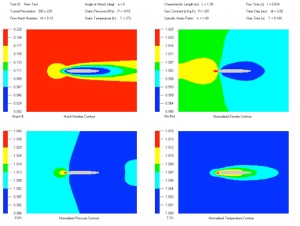
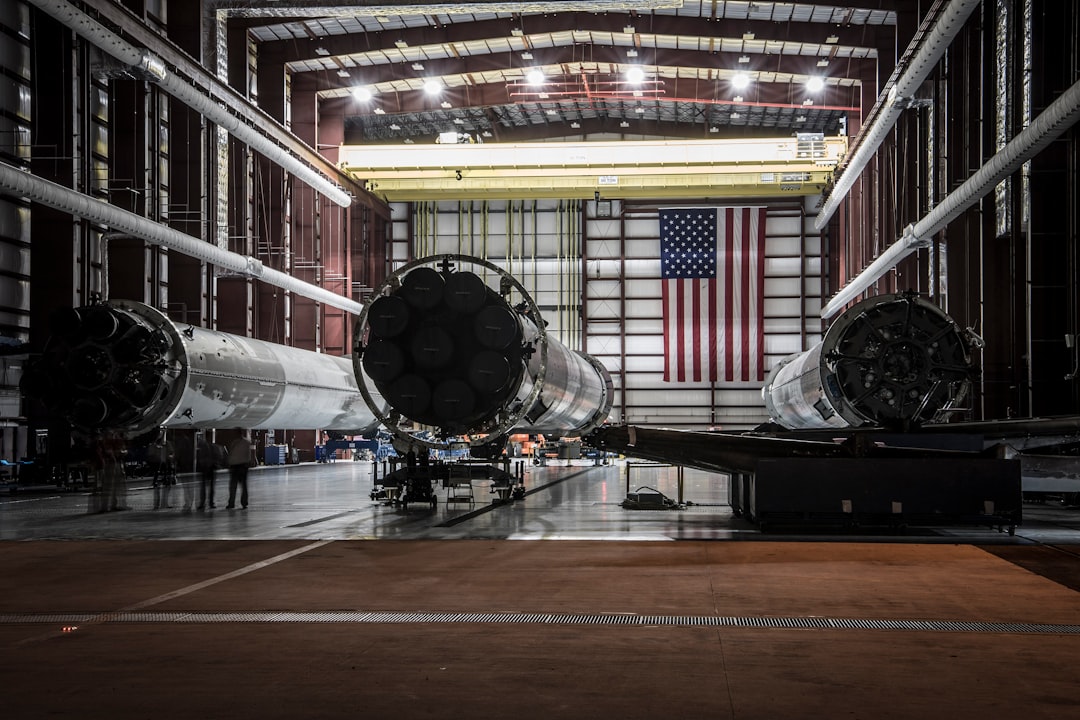
This work describes the Taguchi quality methods, ISO 9000 and its applications in the Aerospace industry. It also explains the Just in time methods in the Aerospace industry.
This work was completed in 1999 as part of my M.Eng in Aeronautical Engineering at Imperial College, London.